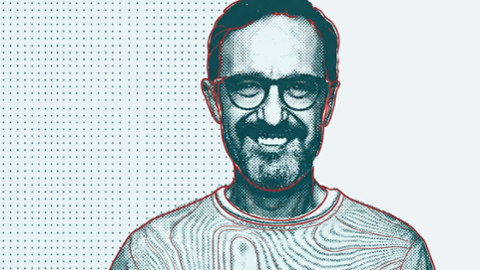AI-related Jobs Top LinkedIn's Fastest-growing Roles List for 2026
AI and infrastructure roles dominate the IT-related positions on LinkedIn’s latest Jobs on the Rise report, which ranks the fastest-growing roles in…
NIST AI Cyber Profile Draft: What Cybersecurity Pros Ne…
Artificial intelligence is reshaping the cybersecurity landscape. While many conversations focus on whether these technologies will eliminate entry-level cyber…
How to Connect the Dice MCP Server to Your AI Assistant
What is an MCP Server? (And Why Should You Care?) If you've been using AI assistants like Claude, ChatGPT, or Gemini, you've probably hit their limits: they can…
What to Ask: Prompts for the Dice MCP Server
You've connected the Dice MCP Server to your AI assistant. Now what? Brainstorm the kind of role you are looking for. Give the AI your resume and have it search…
Dice Launches MCP Server for AI-Powered Job Search
AI has made many facets of the job search faster, but it hasn't made it easier. You can polish a resume in seconds. Recruiters can scr…
Turn the AI Revolution Into Your Career Evolution
AI continues to shape the technology landscape and our day-to-day lives. Many continue to use interactive bots like ChatGPT or Google…
Sponsored
Command a Better Tech Salary with Strategic Skill Stacking
What is the difference between a DevOps Engineer and a Cloud Security DevOps Engineer? About $45,000 a year. Adding security expertise…
Sponsored
How to Utilize AI to Evaluate and Develop Effective Leaders
AI is fundamentally reshaping the business and tech landscape, requiring leaders to embrace new skills and approaches to effectively n…






